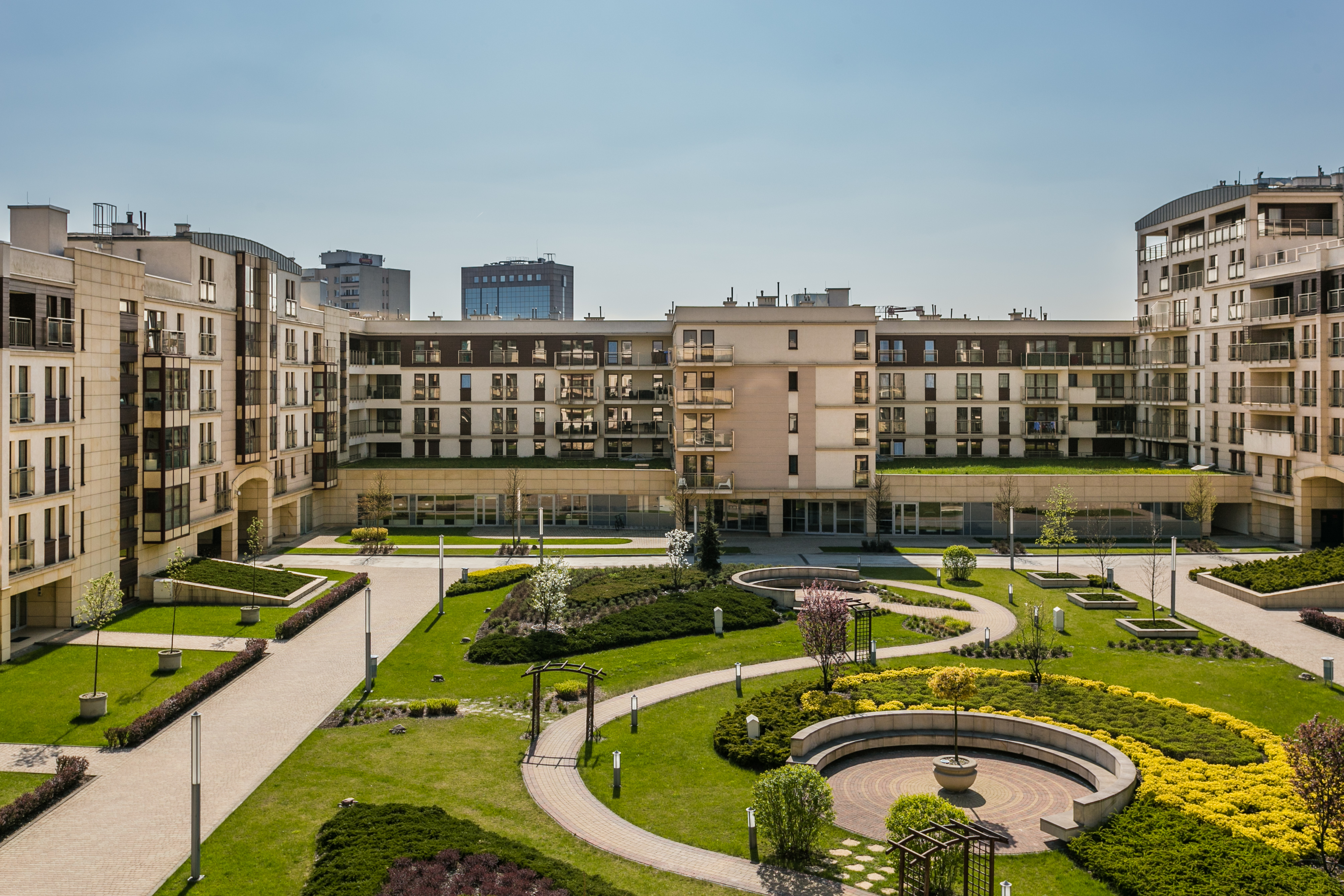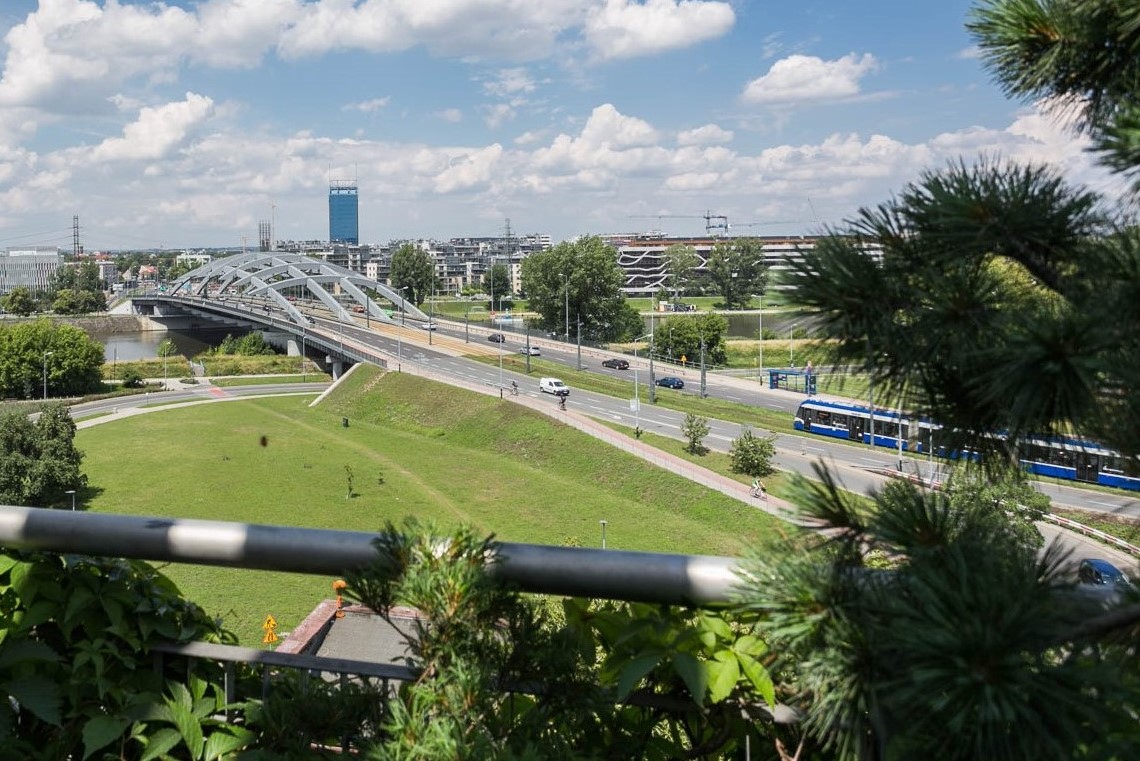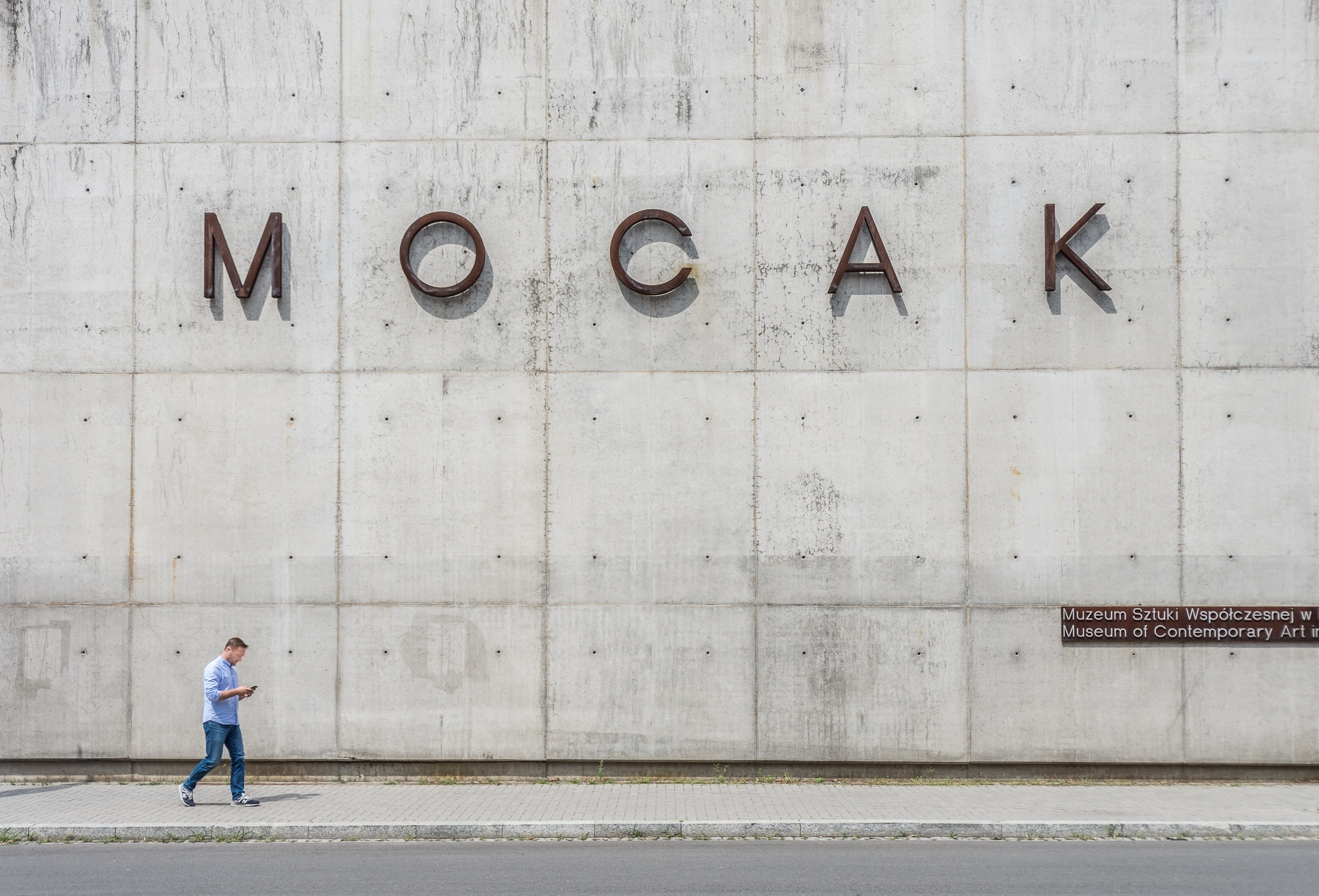窜补产艂辞肠颈别 - a modern post-industrial city
An ambitious residential project, built around the famous Schindler's factory and an excellent museum of modern art - in the post-industrial district.
Based in 碍谤补办贸飞, Poland
Based in 碍谤补办贸飞, Poland
General Info
Nestled underneath the southern hook of the Wisla river, Zablocie has become one of the city鈥檚 most dynamically developing districts. Set next to Podgorze, like its neighbour it bloomed in the first half of the 20th century as a place of light industry and its spread of factory facilities were complemented by housing for the blue collar class. Later, it became indelibly tainted by its associations with the war. Partially home to the city鈥檚 Ghetto, the return of peace saw it again resume its function as a place of production. However, the economic collapse that preceded the fall of communism saw many of the factories closed and abandoned and for several years after the transition Zablocie became one of Krakow鈥檚 forgotten areas.
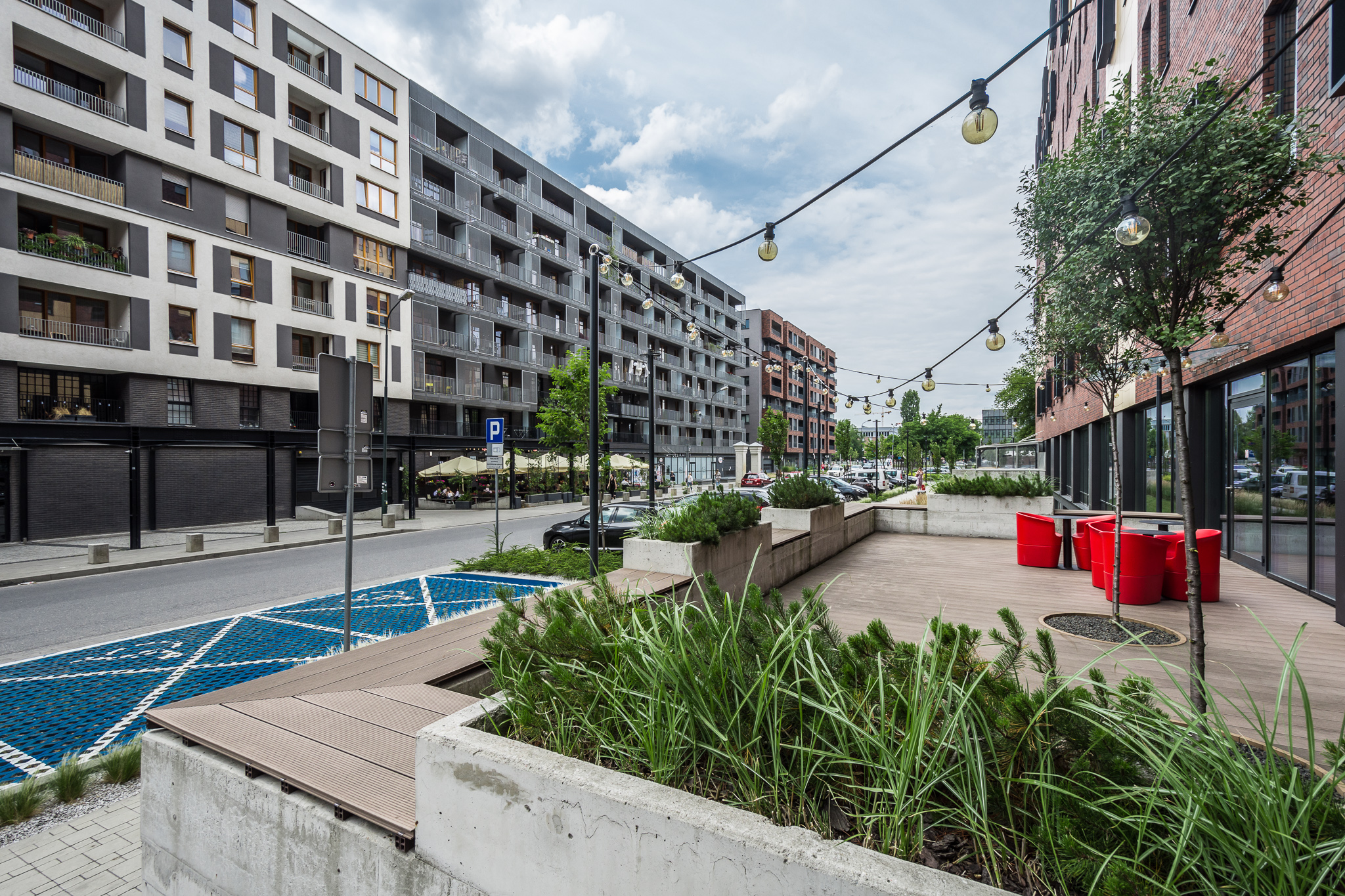
After years of inactivity and inertia, the turnaround that the district has experience has been nothing short of a modern day miracle, and one utterly reflective of Krakow鈥檚 booming reputation as a city for the young and ambitious professional. Where once the empty factories were seen as sad scars of the past, today these same facilities have been used to the district鈥檚 advantage. Oskar Schindler鈥檚 factory, for instance, has been turned into one of the country鈥檚 best-known tourist attractions. Next door, the MOCAK functions as a world class contemporary art gallery. Yet others have been repurposed as cultural centres, leading-edge restaurants, offices, design studios or trendy apartments. Moreover, the overgrown and empty plots have seen a flurry of action with developers building apartment blocks aimed at professional locals, and all this has served to bestow an atmosphere of 鈥榥ow鈥� on Zablocie.
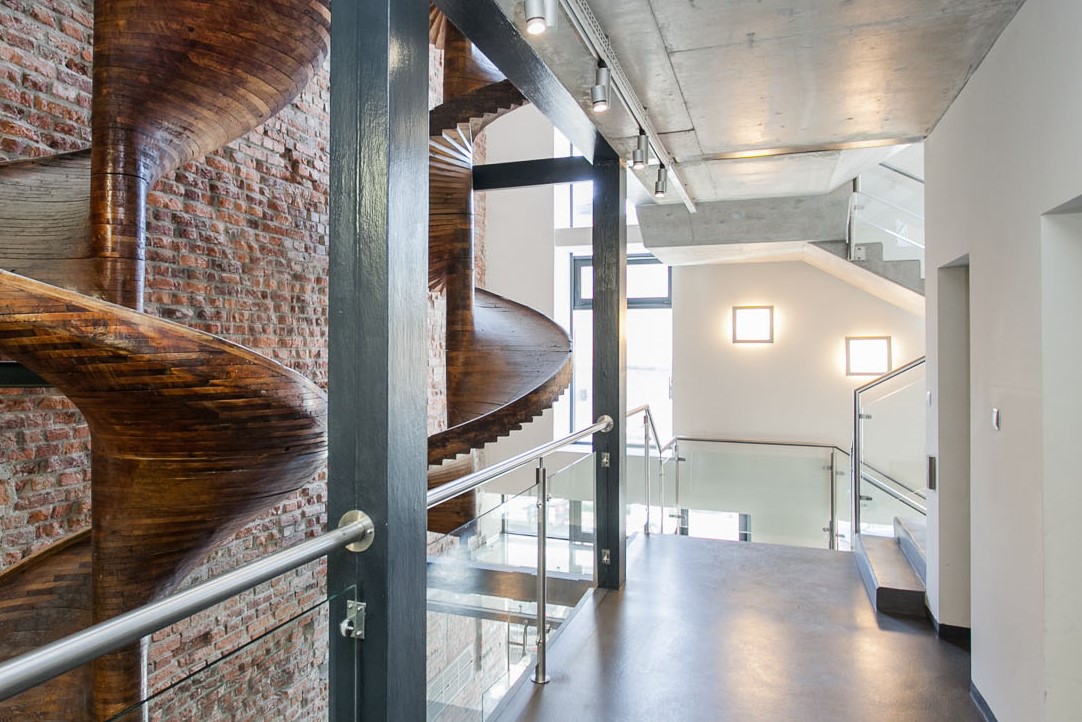
Architecture & Property
The
aforementioned factories and warehouses are still a prevalent feature and with
so many of them serving new generation purposes they have lent a trendy,
post-industrial edge to an area that is now being rapidly infilled with smart
apartment complexes such as Atal. Developed within the grounds of the former
Miraculum factory, it鈥檚 brick, glass and steel fa莽ades connect sensitively to
the past. Other notable successes include early pioneers such as Garden
Residence, as well as Mlyn Lofts 鈥� a former flour mill converted into the
city鈥檚 original loft-style condo development. Rich in its offer, prestige
projects are many and also number Zablocie Concept House and Zablocie House II,
a twin investment that has made much of its artistic flourishes and attractions.
Architecture & Property
The
aforementioned factories and warehouses are still a prevalent feature and with
so many of them serving new generation purposes they have lent a trendy,
post-industrial edge to an area that is now being rapidly infilled with smart
apartment complexes such as Atal. Developed within the grounds of the former
Miraculum factory, it鈥檚 brick, glass and steel fa莽ades connect sensitively to
the past. Other notable successes include early pioneers such as Garden
Residence, as well as Mlyn Lofts 鈥� a former flour mill converted into the
city鈥檚 original loft-style condo development. Rich in its offer, prestige
projects are many and also number Zablocie Concept House and Zablocie House II,
a twin investment that has made much of its artistic flourishes and attractions.

Green & Recreational Areas
Though
Zablocie lacks anything that could be legitimately described as a tended park,
the area鈥檚 development has been undertaken in such a way that it never feels
claustrophobic or lacking in space. Many if not all of the new complexes have
been built to feature their own green areas, whilst the untamed riverbank
provides a raw snapshot of nature in its finest form. Vast allotment gardens
are also a feature and give the area breathing space, and so too does a huge
expanse of greenery to the area鈥檚 very east.
